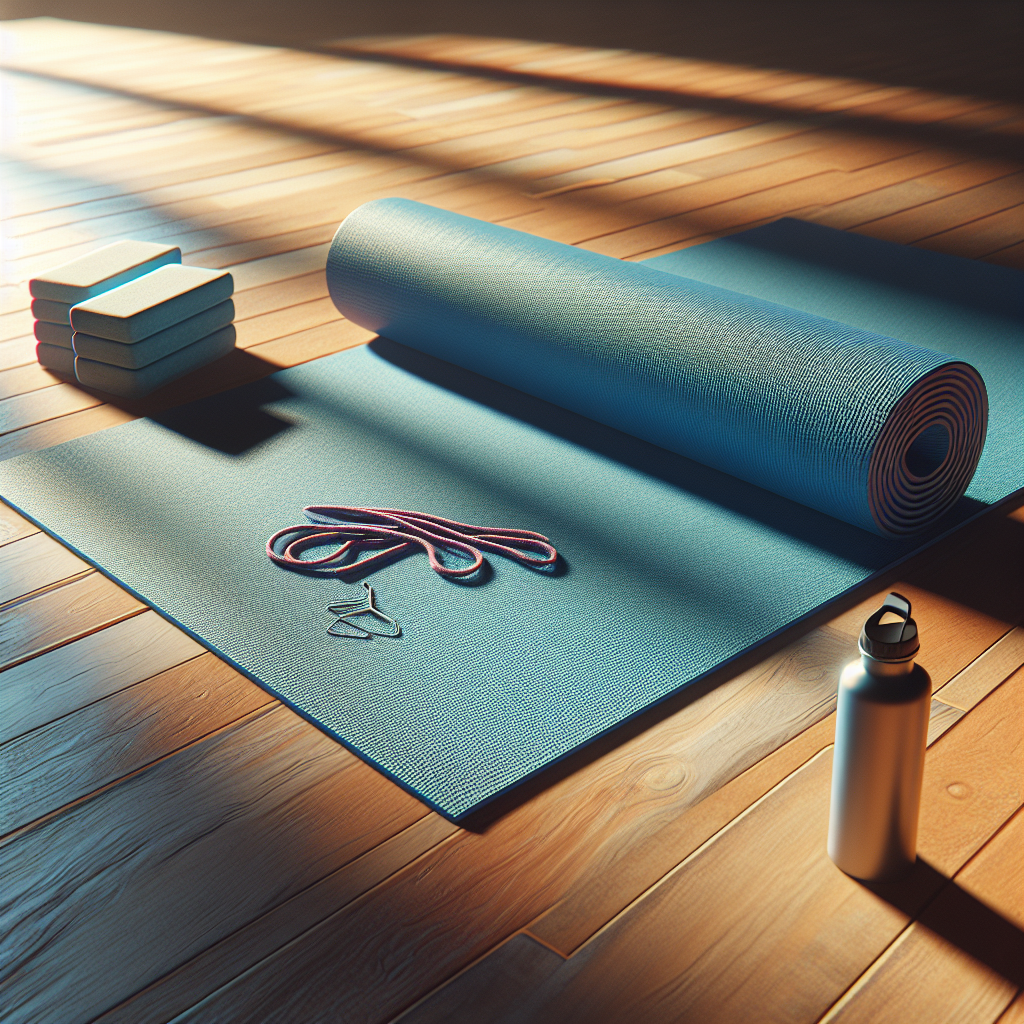
When it comes to yoga, the mat is an essential tool that can significantly enhance your practice. While most yogis are familiar with the basic characteristics of a good yoga mat—such as grip, thickness, and material—many overlook unique features that can elevate their practice to new heights. Whether you are a seasoned yogi or a newcomer to the mat, understanding these unique features can help you choose the perfect yoga mat tailored to your personal needs.
1. Eco-Friendly Materials
As the awareness of sustainability and environmental impact grows, eco-friendly yoga mats are becoming more popular. Look for mats made from natural rubber, jute, or TPE (thermoplastic elastomer) instead of traditional PVC. These materials not only reduce your carbon footprint but are often less toxic and provide excellent grip and cushioning. Brands like Manduka and Jade Yoga prioritize sustainability, offering high-quality mats that align with a conscious lifestyle.
2. Textured Surface
A textured surface on a yoga mat can provide additional grip and stability during practice. This feature is particularly beneficial for practitioners who sweat heavily or engage in dynamic styles of yoga like vinyasa or hot yoga. Mats with raised patterns or unique textures can increase traction while still being comfortable underfoot, enhancing your performance in challenging poses. Look for mats featuring innovative designs like raised dots or special grip technologies.
3. Alignment Guides
For those looking to improve their postural alignment, alignment guides printed on the mat can serve as useful tools. These subtle markings indicate where to place your hands and feet in various poses, helping you maintain proper alignment and reducing the risk of injury. This feature is particularly valuable for beginners who are still mastering their body awareness and for seasoned practitioners wishing to delve deeper into their alignment practices.
4. Dual-Sided Use
Some yoga mats are designed to be reversible, featuring different textures or colors on each side. This dual-sided construction can expand the versatility of your mat, allowing you to choose the side that best suits your practice on any given day. One side may offer extra cushioning for restorative poses, while the other might prioritize grip for more intense sessions. Dual-sided mats can enhance the overall value of your purchase by providing options based on your specific needs.
5. Portability Features
For those who frequently attend classes outside the home or travel, portability features are essential. Look for mats that are lightweight, foldable, or come with a carrying strap or case. Mats designed for easy transport without compromising quality can make your yoga journey hassle-free. Some brands even offer mats that roll or fold into compact sizes, making them ideal companions for yogis on-the-go.
6. Antimicrobial and Odor-Resistant Properties
In an age where hygiene is more important than ever, consider a mat with antimicrobial or odor-resistant properties. These features help prevent the growth of bacteria and fungi, ensuring your mat stays cleaner and odor-free even after repeated use. This is particularly beneficial for those who practice in hot and humid environments or share their mats with others.
7. Thickness Options
While many mats come in standard thicknesses, some are designed to offer a range of options, catering to different styles of practice. For example, thicker mats may provide more cushioning for restorative practices and joint support, whereas thinner mats offer stability and a closer connection to the ground for balance-oriented practices. Exploring thickness options allows you to select a mat based on your personal comfort preferences and the style of yoga you practice.
8. Heat Resistance
For yogis who enjoy practicing in hot or heated environments, heat resistance is an essential feature. Mats that maintain their grip and shape under high temperatures ensure that you can focus on your practice without worrying about slipping or distortion. Heat-resistant materials can provide reassurance for those diving into hot yoga sessions.
9. Customization and Aesthetics
Lastly, don’t underestimate the importance of aesthetics and personal expression in your yoga practice. Many brands now offer customization options, allowing you to choose colors, patterns, or even personalized designs. A beautiful mat that reflects your personality can enhance your motivation and enjoyment during practice. Finding a mat that resonates with you visually can make each session feel more meaningful.
Conclusion
When searching for your next yoga mat, consider looking beyond the basics and exploring these unique features. From sustainable materials to advanced grip technology, selecting a mat that caters to your individual needs and preferences can transform your practice. Remember, the right yoga mat doesn’t just support your body; it enhances your overall experience, helping you connect deeper with yourself on the mat. Take the time to choose wisely, and you may find that your yoga journey flourishes in ways you never expected. Happy practicing!



